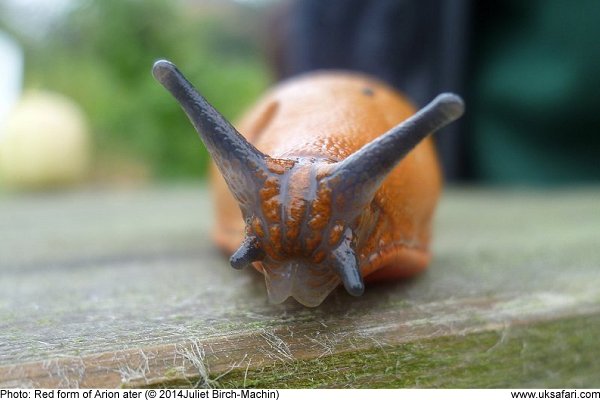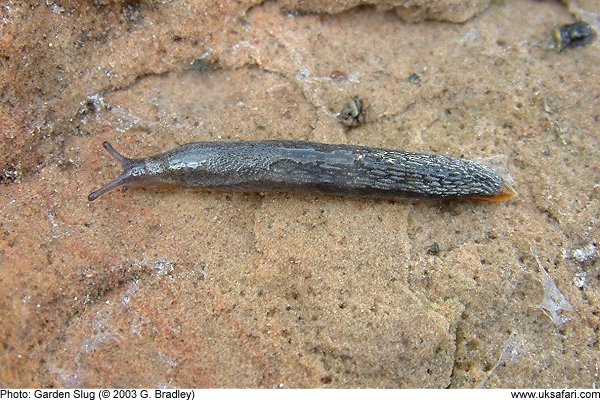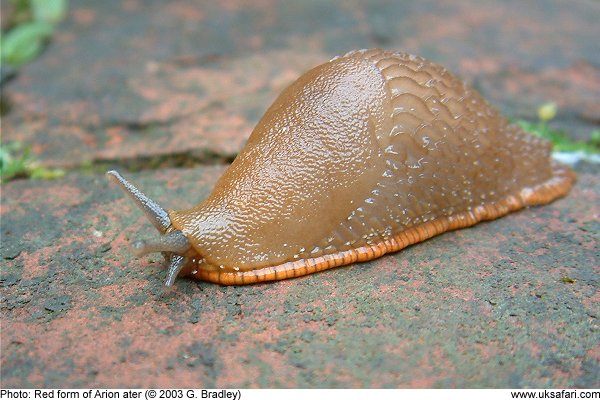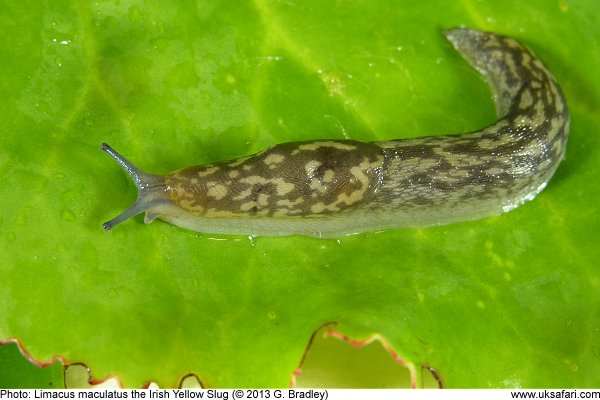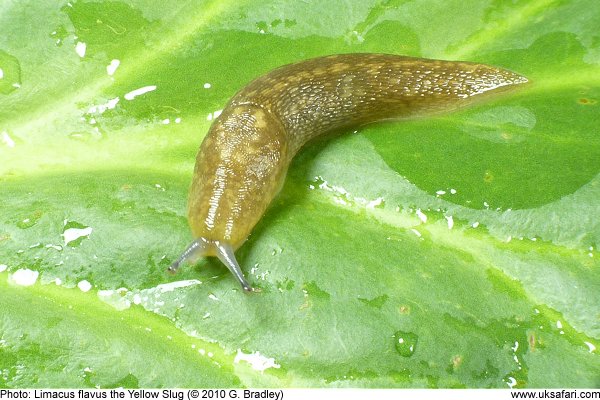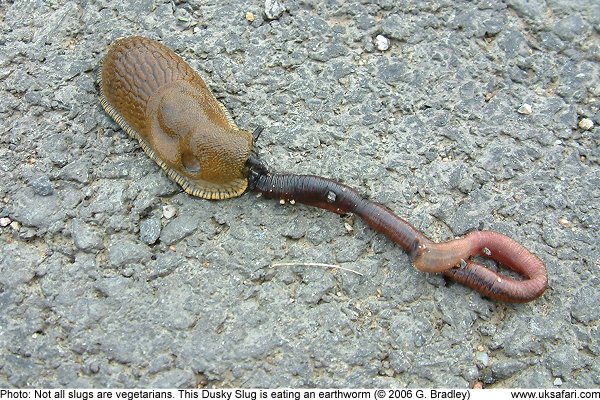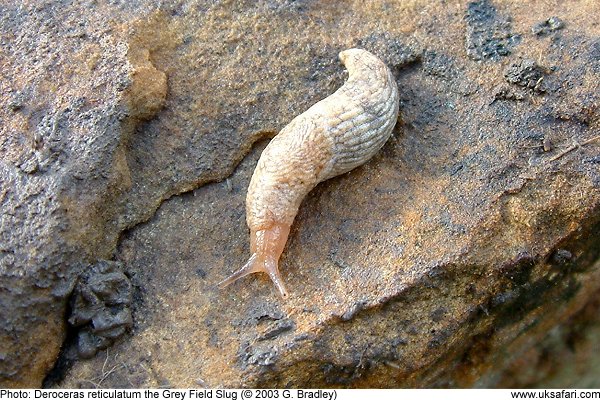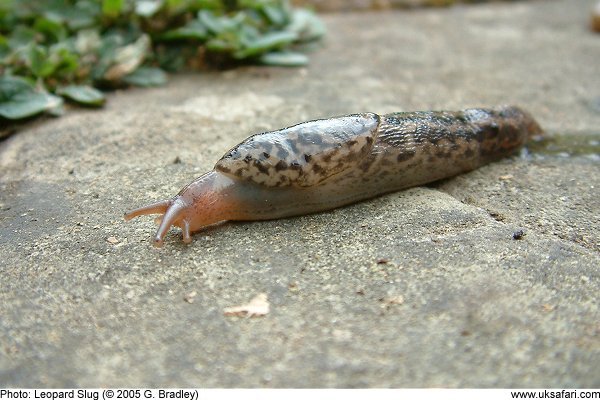 Quick Facts
Quick Facts
Scientific name: Gastropoda
Size: Up to 190mm long
Distribution: Found throughout the UK
Months seen: All year round. Mostly active between April and November
Life span: Up to 12 months
Habitat: Found under stones, under logs, in compost heaps, and buried in soil
Food: Mostly dead plant material, sometimes green leaves, roots, and some species eat earthworms
Special features: There are more than 30 different species of slug in the UK. Although slugs are closely related to snails, most slugs do not have protective shells on the outside of their bodies. Instead they have a leathery patch on their backs known as a 'mantle shield'. There is a small round hole in this shield which is the slug's breathing pore or nostril. Most slugs have two pairs of feelers on their head. The upper, longer pair are used like eyes for detecting light, while the lower pair are used for smell or possibly taste.
A few slugs, known as 'shelled slugs' have a tiny shell plate on their tail. They are rarely seen as they burrow in the soil, and only come out in damp weather at night. Some slugs have a very small shell inside their bodies.
One of the most frequently seen species is the Common Grey Field Slug. The colour of this species can vary from grey through to pink. They feed on, or just below the surface. In wet weather they also feed on leaves at the surface.
Another regularly seen species is the Garden Slug (Arion hortensis), so called because it is so frequently found in gardens. It is black coloured with an orange-brown coloured sole, and grows to about 35mm.
The Great Grey Slug (Limax maximus) is also known as the Leopard Slug on account of the spots along its body. It can grow to about 190mm in length. The Leopard Slug feeds on mould growing on rotting logs.
 Related Pages
Related Pages

 Popular Pages
Popular Pages
Amphibians, Bats, Badgers, Beetles, Birds, Birds of Prey, Bumble Bees, Butterflies, Caterpillars, Creepy-Crawlies, Deadly Spiders, Dolphins, Dragonflies, E-Postcards, False Widow Spiders, Free Newsletter, Frogs, Fungi, Garden Spiders, Glow-Worms, Grey Squirrels, Hedgehogs, House Spiders, Ladybirds, Mammals, Marine Mammals, Moths, Owls, Reptiles, Spiders, Toads, Trees, Wildlife Hospitals
© Copyright 2017 G. Bradley - UK Safari | About Us | Links | Contributors


 Slugs
Slugs